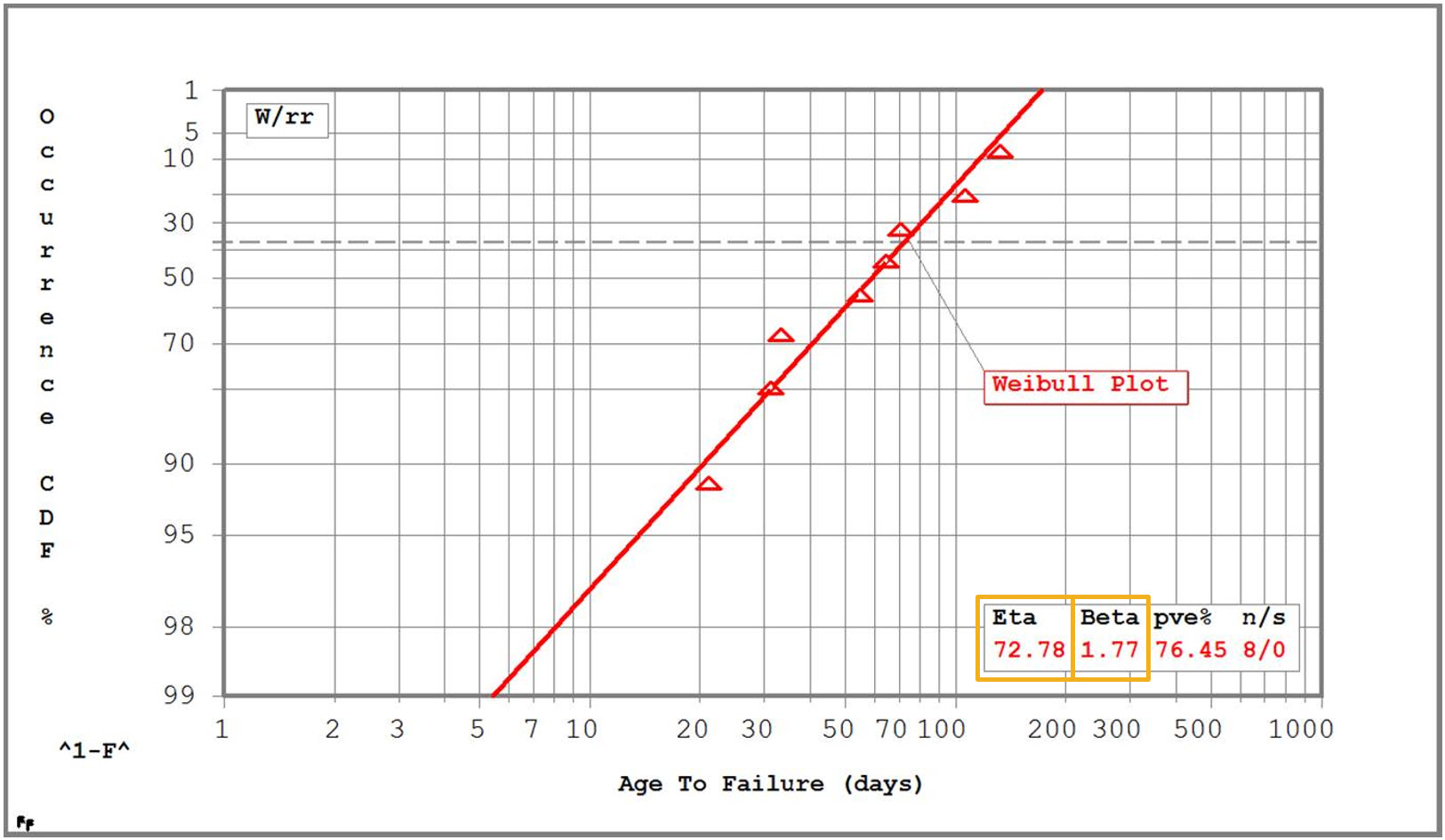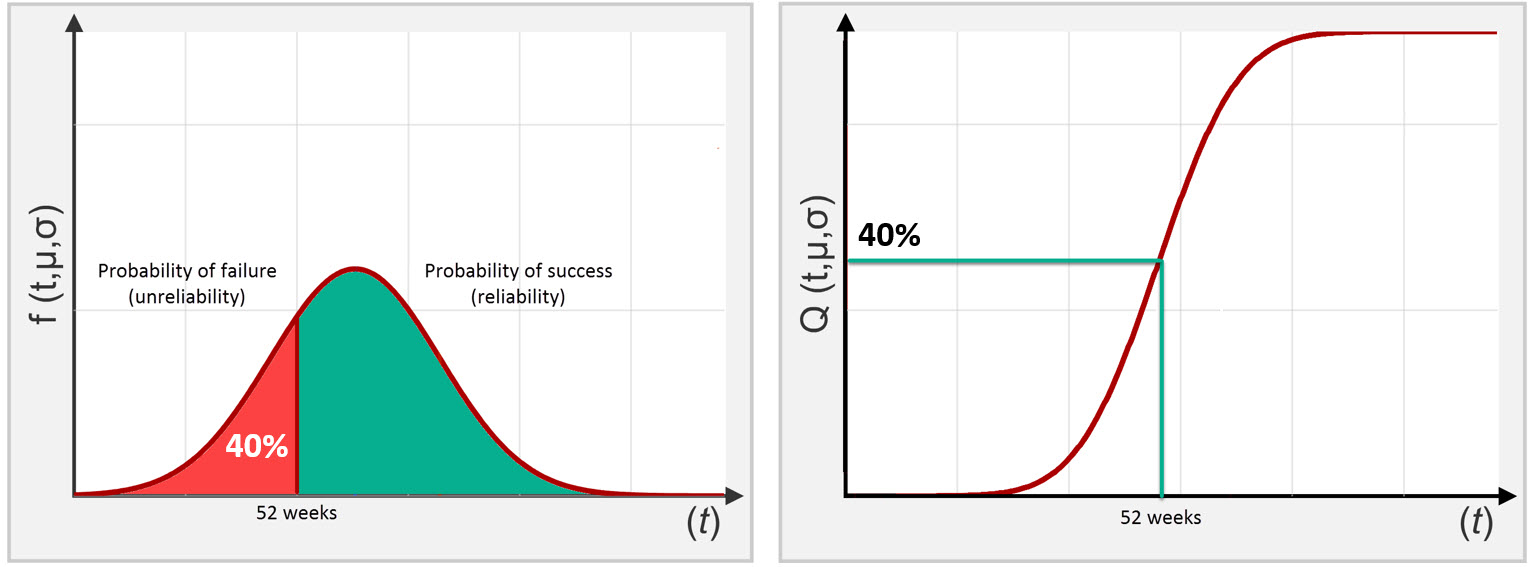Reliability Engineering Analytics
Topics covered: The importance of data, failure rate, MTBF, data distribution, Weibull analysis, Reliability Block Diagrams, making business decisions using reliability data.
 While there is an almost endless number of practical improvements that can be made in order to improve reliability, a data-driven approach will help to ensure that opportunities for improvement can be revealed, justified, and defended.
While there is an almost endless number of practical improvements that can be made in order to improve reliability, a data-driven approach will help to ensure that opportunities for improvement can be revealed, justified, and defended.
This course takes a practical approach to a theoretical subject. This is not the best course if you are interested in product quality or if you wish to use this course so that you may immediately utilize advanced analysis software. This course will provide a reliability engineering or senior condition monitoring specialist an excellent introduction to the subject. You will then be in the best position to decide if it is an area that you should invest in for your plant.
 You will learn about statistical analysis (which will also help you understand the new world of machine learning), data distributions (Normal/Gaussian and Pareto), the pros and cons of utilizing MTBF, how to prove the value of your program, plus an introduction to reliability block diagrams, Monte Carlo analysis, and more. You will certainly understand the “bath-tub curves” (failure patterns) and the theory behind RCM and condition monitoring – you may be surprised by what you learn!
You will learn about statistical analysis (which will also help you understand the new world of machine learning), data distributions (Normal/Gaussian and Pareto), the pros and cons of utilizing MTBF, how to prove the value of your program, plus an introduction to reliability block diagrams, Monte Carlo analysis, and more. You will certainly understand the “bath-tub curves” (failure patterns) and the theory behind RCM and condition monitoring – you may be surprised by what you learn!
These lesson modules were taken from the Asset Reliability Practitioner® ARP-E course for Reliability Engineers, but this course will also be of interest to condition monitoring specialists and engineers interested in statistics and analytics.
Please also note that the “ASSET CRITICALITY RANKING & PARETO ANALYSIS” course perfectly complements this course, and it is recommended that you take that course first.
LANGUAGE: English
LESSONS: 16
DURATION: 3.5 hours
SUBSCRIPTION DURATION: 3 months
The course includes approximately 5 and three-quarter hours of video lessons, delivered by Jason Tranter, the founder, and CEO of Mobius Institute.
